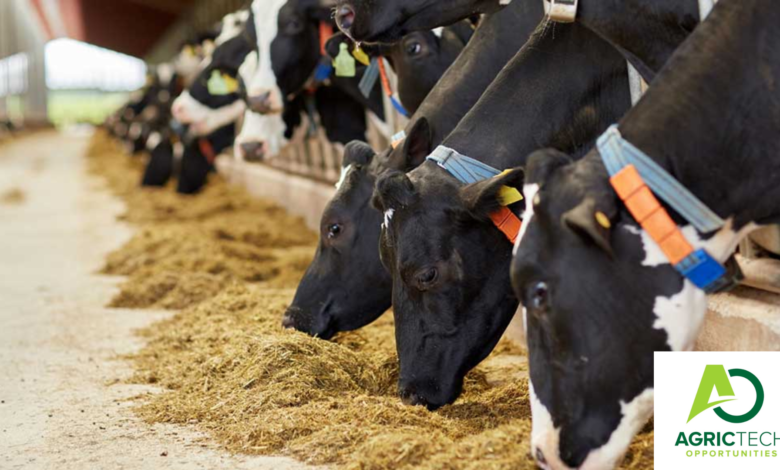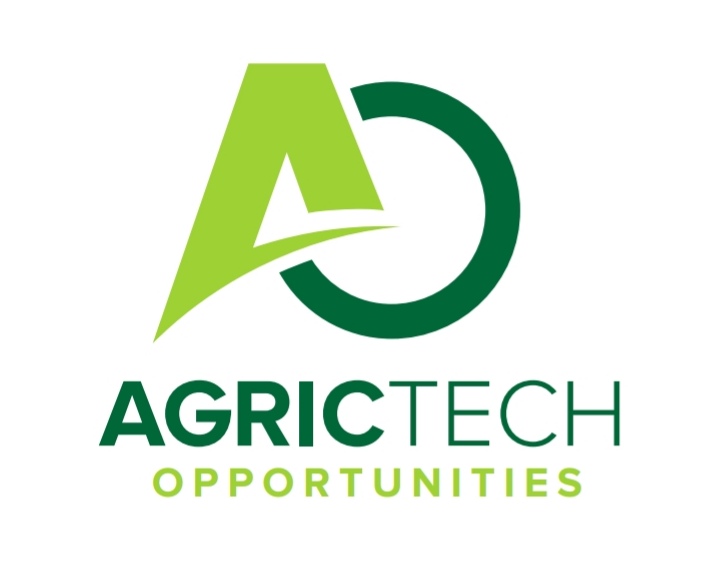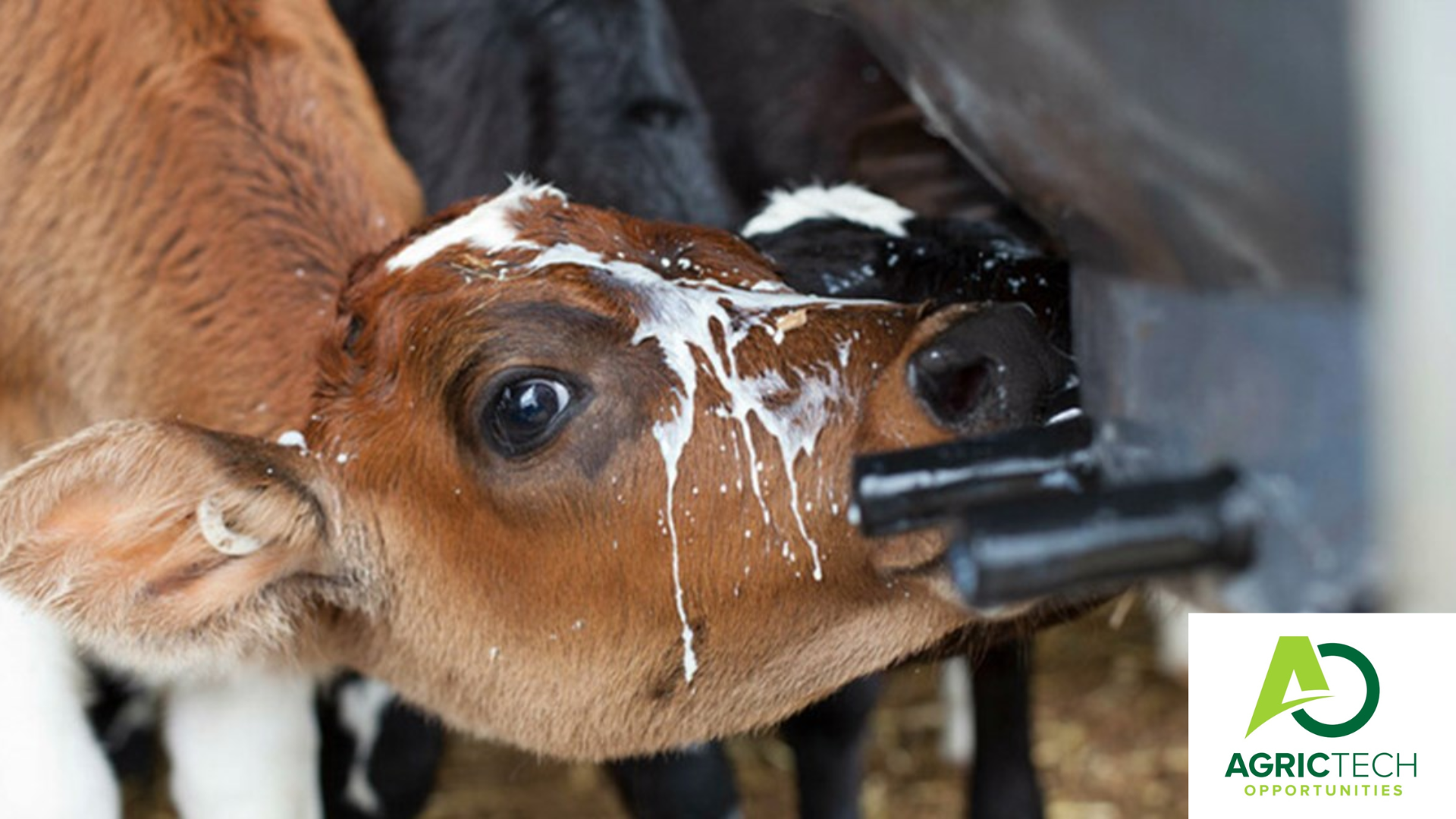Approved Principles of Dairy Cow Nutrition

Host Country
South Africa
Target Audience
INTERNATIONAL (GLOBAL)
Program Overview
Nutrient requirements of dairy cows -Feeding for maintenance and production only can result in under or over feeding. Higher quality feed to be given to smaller cow with higher butter fat than large cows with low butter fat content. Walking distance should be factored in calculation as well.
In this article we will be focusing on Factors to consider when formulating diets and Stages of the lactation cycle.
Principles of Dairy Cow Nutrition:
ALSO CHECK: Starting Your Own Dairy Enterprises And Becoming A Dairy Farmer In South Africa
Dairy cows require nutrients to:
i) Maintain themselves
ii) to grow
iii) to make milk and
iv) to reproduce
For a heifer in calf:
- i) Maintenance
- ii) Development of foetus
- iii) Milk secretion
- iv) Growth
Mature cow: In absence of adequate nutrients – cow utilizes body fat and protein reserves
- Proper feeding is required
Factors to consider when formulating diets
- Stage of lactation
- Parity (yield increases up to 6th parity)
- Live weight
- DMI
- Body condition
- Stage of pregnancy
- Conditions of management (intensive/extensive)
- Breed
ALSO READ: How To Easily Perform Artificial Insemination Technique (AI) In Various Species Of Farm Animals
Feeding for pregnancy
- First consider maintenance requirements
- Only 1/3 of tissue mass of cow in first 3 months
- Additional nutrients only last 2-3 months of pregnancy (coincides with dry-cow period)
Daily maintenance requirements for energy and protein
| Breed | Mass (kg) | Energy (MJ ME) | Protein g DCP |
| Jersey | 350 | 40.5 | 230 |
| 400 | 45.1 | 250 | |
| Friesian | 550 | 58.9 | 310 |
| Holstein | 600 | 63.5 | 330 |
Milk production
Reaches max at about week 9 and begins to fall. Live weight is at its lowest when yield is max. DMI increases and reaches max at about week 27
ALSO READ: Approved Principles Of Poultry Production For 2023/24
Stages of the lactation cycle
- Early lactation: Months 1-3
- Mid-lactation: Months 4-7
- Late lactation: Months 8-10
Early lactation
Animal loses 65kg at parturition (45 kg calf, 20 kg fluids). Fat body reserves are depleted. Weight is lost at 0.5 – 1 kg/day for 60-70 days. Appetite reaches max at 5th month. DMI is 18% less than required because animal must deplete reserves first. Animal is in negative energy balance because mammary gland demands on energy are higher than what animal is taking, animal starts mobilising body protein (if fat is inadequate) through gluconeogenesis.
If fat is too much, ketosis results, there is negative feedback on intake. Animal should therefore, in optimum body condition at calving Combine live weights with Body Condition Scores (BCS)s – show degree of fatness. Keep body weight loss to below 1 kg/day (max 60 kg in first 10 weeks). Manage animal so that it reaches max potential yield at peak lactation, this is highly correlated with total lactation yield. 1kg loss at peak lactation = 200 kg reduction total.
Other factors to include
- Good Health: manage mastitis, and metabolic deseases like milk fever and ketosis, tick-borne disease, LSD and foot rot.
- Good environment: Well drained, clean parlours and favorable environmental temperature.
- Cows reduce DM intake by 3.3% for every 1oC rise above 24oC
- At least 2.5 kg of forage fed should be 25-37 mm to maintain rument motility.
Mid-Lactation
After pick period for milk, decline is often at a rate of 0.3%/day for every 10 days for cows and 0.4%/day for every 10 days for heifers. DM intake reaches maximum in mid-lactation. Animals moves into positive energy balance. Fall in nutrients to support milk production, most diverted to replenish body reserves. Animal moving into positive balance (i.e. after 3 months). Animal puts about 20 kg from 3 to 5 months. Condition at 5 months still as at parturition. Body condition improves after 5 months, continue feeding high plane diet till condition improves.
Late Lactation
DM intake relatively high but yield relatively low. High proportion of nutrients are channeled to replenishing body reserves. No yield response to extra feeding. Conversion of feed to body reserves of about 62% in lactating phase, 48% in dry phase. Feed energy dense feeds for regeneration of rumen villi. There is danger of dystocia if extra feeding takes place in dry period than in late lactation.
ALSO READ: Principles Of Rabbit nutrition- Profitable Business
Dry period & Reasons
- Dry off at least 42 days (preferably 56 days) before calving
- Give cow time to slough off old tissue and regenerate new
- Give time for teats to recover
- Give time for rumen to regenerate villi
- Give time to prepare for calving
Reasons for drying cows
Restoring body energy and nutrient reserves (body condition score), Allows the mammary gland to go through a normal period of repair and development. Ensures that the mammary cell numbers continue to multiply normally during early lactation. A short or absent dry period greatly reduces the number of secretory cells in the mammary gland and reduces milk lactation yields.
Reducing risk of infection during the entire dry period
Keep animals in a clean environment to prevent growth and persistence of bacteria in bedding material. Provide animals with a well-balanced ration of energy, protein, minerals and vitamins to keep the immune system at an optimal level and in maintaining an optimum Body Condition Score (3 – 3.5). Minimize stress to reduce compromisation of cow’s immune system. Maximize cow comfort (comfortable bedding, exercise area): to improve overall health and help to reduce udder oedema.
ALSO READ: Approved Method To Treat Bovine Mastitis In Dairy Cattle |Overview Of Mastitis| 2023/24
Reducing the risk of infections during calving
Prevent udder oedema by reducing intake of Na+ and K+ – oedema compromises the blood flow and immune function in the udder increasing risk of mastitis. Na+ and K+ causes the retention of fluid and increases the risk of hypocalcaemia. Exercise will help to reduce the risk of udder oedema. Cows that leak milk before calving should be milked and their colostrum should be stored in the freezer. Milking also helps removing free fatty acids from the blood, decreasing the risk of fatty liver syndrome and ketosis.
ALSO READ: The Benefits of Doing an Internship: How It Can Help You Get Ahead in Your Career
For more updates On Agric Tech Opportunities kindly join the social groups below:
Join our Telegram | Follow us on Linkedin | Also, Follow us on Twitter. | Join Our Whatsapp Group
God bless and All the best !!




